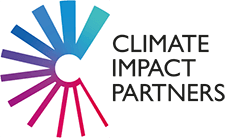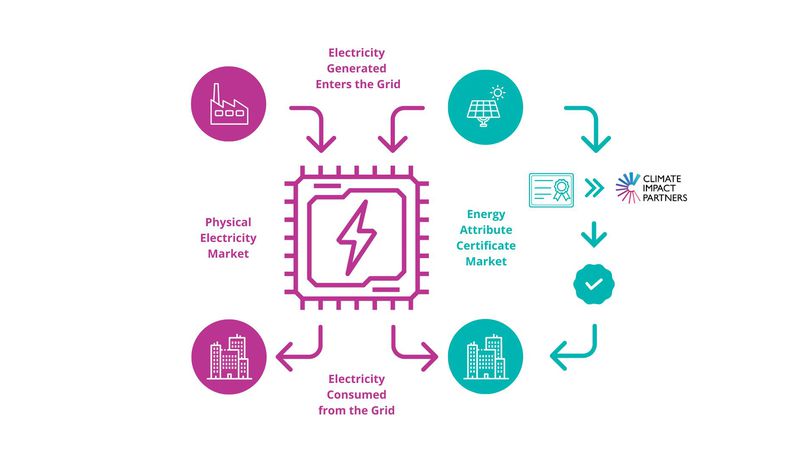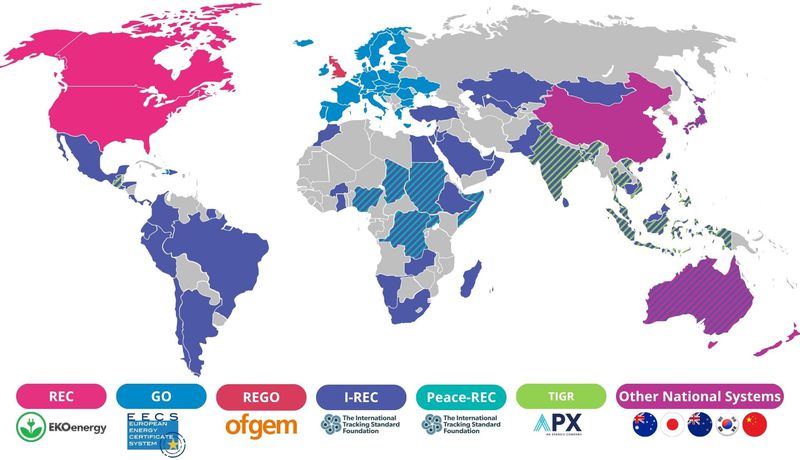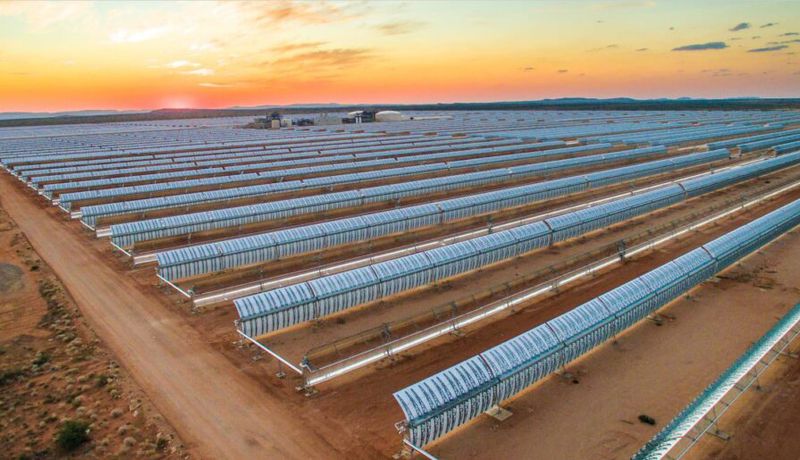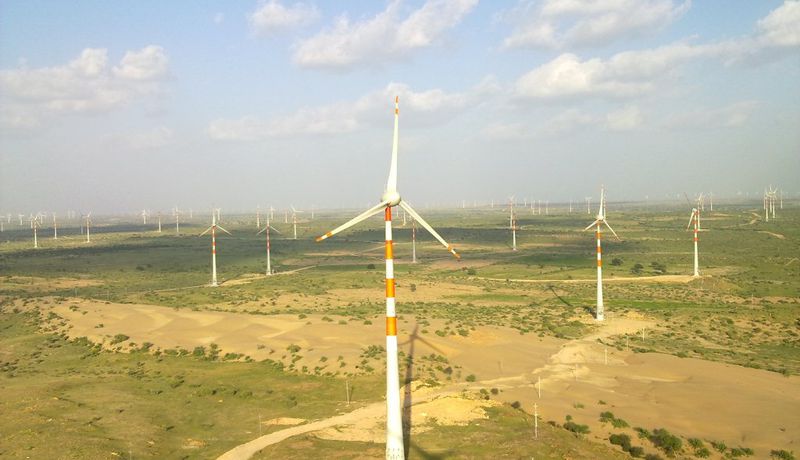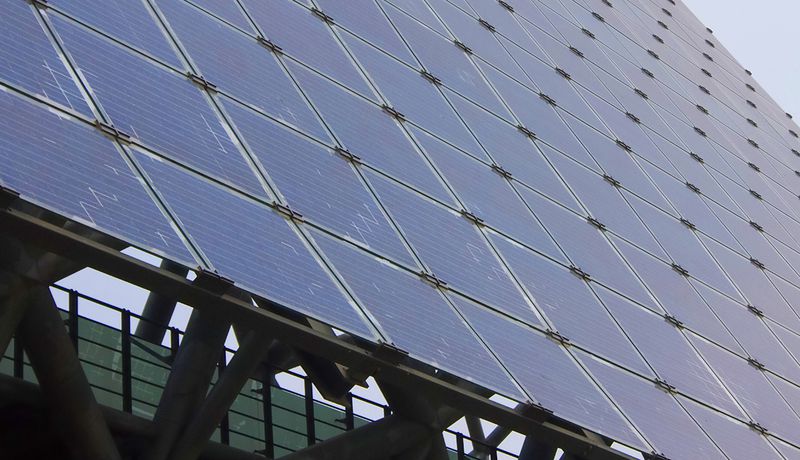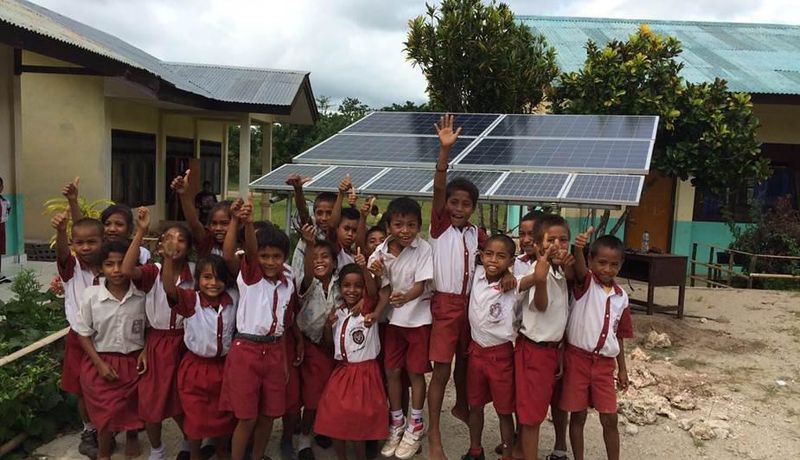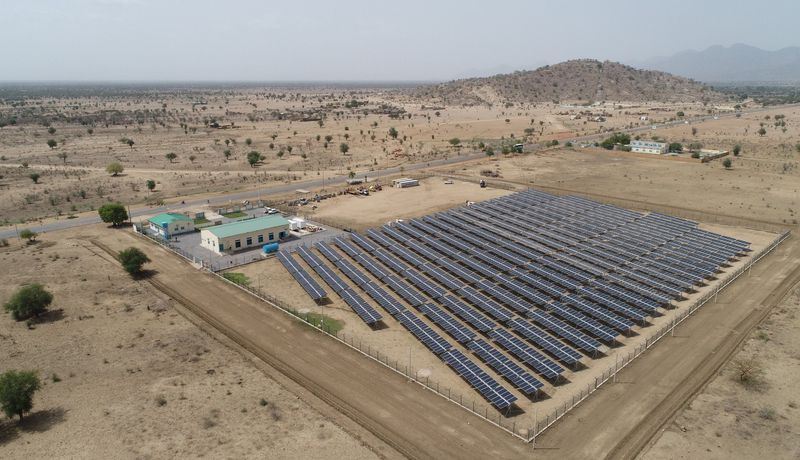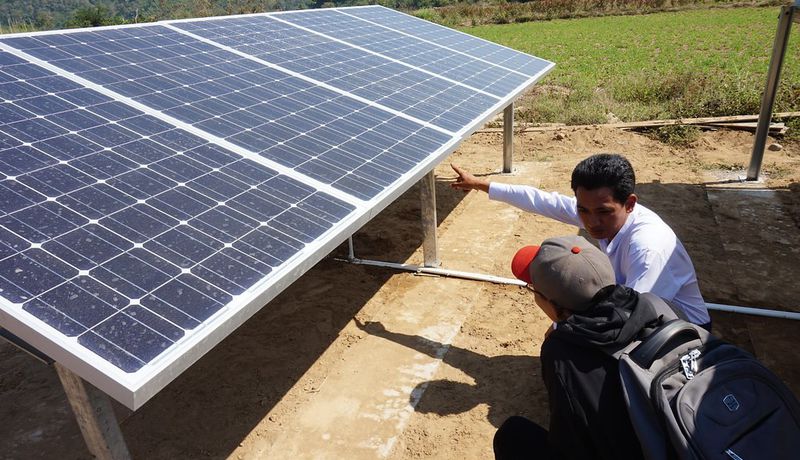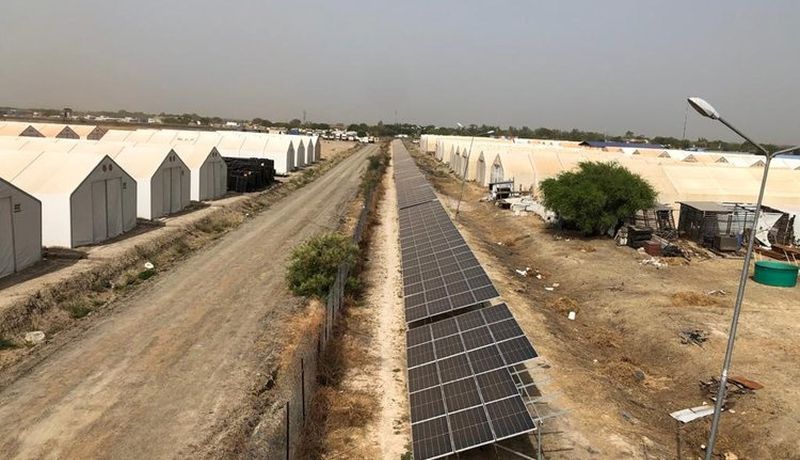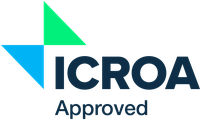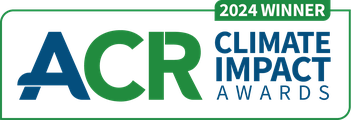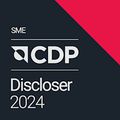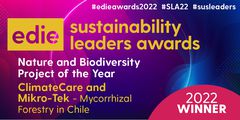Energy Attribute Certificates (EACs) enable companies to immediately and effectively meet their targets and support the generation of renewable energy globally. EACs are a commonly used tool to comply with Greenhouse Gas Protocol Scope 2 and meet RE100 commitments, the leading initiative encouraging companies to source 100% renewable electricity.
Hundreds of companies have set renewable energy commitments. Last year, 16% of Fortune Global 500 companies were RE100 signatories.
Renewables are the second largest contributor to global electricity production, accounting for 30% of generation in 2020, after gas and ahead of coal, nuclear, and oil.
What are Energy Attribute Certificates?
Energy Attribute Certificates (EACs) are environmental attribute certificates that help companies meet their renewable energy targets and support the global growth of renewables.
One Energy Attribute Certificate (EAC) represents one megawatt-hour (MWh) of renewable electricity and is tracked from production through to consumption and retirement in third-party registries. This ensures credible and verifiable renewable energy claims. EACs are categorized based on where and when the electricity is generated, where it can be used, and the type of renewable technology, including wind, solar, geothermal, hydropower, or biomass.
EACs support a sophisticated renewable energy strategy that include unbundled EACs (sold by third-party suppliers who do not provide physical electricity), on-site generation, Power Purchase Agreements (PPAs) (long-term fixed contract) or green tariffs.
39%
of renewable electricity is procured from EACs (RE100 Annual Report, 2024)
How do EACs work?
Electricity is the same regardless of how or where it was generated. Every company powered by electricity from the grid draws down that physical electricity from the same mix of sources, which includes renewable and non-renewable sources.
Therefore, to credibly claim that they are using renewable electricity, companies purchase EACs. This is the most effective way to support robust, accurate, and efficient renewable energy tracking and accounting of renewable energy generation.
What are the different types of EACs?
There are several internationally and regionally recognized types of EACs, the most commonly used being Renewable Energy Certificates (RECs) in North America, Guarantees of Origin (GOs) in Europe and International Renewable Energy Certificates (I-RECs) in global markets outside the US and EU.
Each certificate verifies that one megawatt-hour of electricity was generated from a renewable source.
- NORTH AMERICA: In North America, companies can purchase Renewable Energy Certificates (RECs) to meet their EAC requirements and match their energy consumption with renewable generation.
- EUROPE: Companies can buy Guarantees of Origin (GOs) in Europe, and Renewable Energy Guarantees of Origin (REGOs) in the UK.
- REST OF THE WORLD: The International Renewable Energy Certificates (I-RECs) provides the tracking system required for reliable, credible use of renewable energy outside North America and Europe. Tradable Instruments for Global Renewables (TIGRs) is another system available for renewable energy use, where RECs, GOs and I-RECs are not available. These include countries such as India, Bangladesh, Malaysia, Vietnam, Indonesia, and Philippines.
- Other national EACs tracking systems: There are a variety of national EACs tracking systems in place in countries such as Australia, New Zealand, Japan, South Korea and China.
Read how Climate Impact Partners is pioneering market access in South Korea, working in collaboration with Cadence Design Systems.
How are EACs tracked?
To maintain credibility and prevent double-counting, all EACs are issued, tracked, and retired through dedicated registries and tracking systems. These platforms ensure that these energy market instruments are unique, traceable, and transparent, forming the foundation for trusted environmental claims.
What happens after an EAC enters a registry?
- Each EAC is assigned a unique identification number and recorded in a recognized electronic registry, making it traceable. The registry securely tracks ownership and transactions over the certificate's life, ensuring transparency and integrity.
- EACs can be held, sold, or transferred between registered account holders, such as brokers, buyers, or aggregators. Every transfer is recorded within the registry to maintain a verifiable transaction history and prevent double counting or fraudulent reuse.
- When a company uses the EAC to substantiate an emissions reduction or renewable energy claim (such as Scope 2 reporting, RE100, or science-based targets), the certificate is retired (also called cancellation). Retirement permanently removes the EAC from circulation, guaranteeing that its environmental benefits cannot be sold or claimed again.
- After retirement, the EAC can be used for sustainability reporting, including corporate carbon accounting (Scope 2 emissions), renewable energy targets, or compliance with frameworks such as the Science Based Targets initiative (SBTi) and RE100.
This process ensures EACs deliver credible, transparent, and auditable proof of renewable energy consumption or emissions reductions throughout their lifecycle.
How do different countries regulate or define EACs?
What are the major differences across EACs systems?
- North American RECs operate in fragmented, state-regulated markets with over 10 regionally defined electronic registries. They serve both compliance and voluntary purposes but lack a unified national market and are only internationally transferable to Canada for voluntary use. State-level policies set eligibility and trading boundaries, although they may be used (for voluntary purposes only) for both US and Canadian consumption when reporting to initiatives such as RE100. Find out more about RECs.
- European GOs are governed by the cross-border system (AIB) under European Union Directives. They support both compliance and voluntary claims, with strong cross-border compatibility across most member states – a key advantage for multinationals operating in multiple EU countries.
- I-RECs provide a global voluntary standard in over 60 countries, often in regions without local EAC frameworks. They are fully transferable worldwide under a single protocol and registry, offering multinational buyers a consistent standard across jurisdictions and supporting their reporting needs, including the GHG Protocol, RE100, and CDP.
- Australian LGCs are issued through a single national registry managed by one authority. They cover two certificate types for different project scales, required for compliance with the nation’s federal targets, as well as being used for voluntary claims.
Why do companies buy EACs?
- Demonstrate climate leadership: Energy generation accounts for nearly 40% of global emissions: Companies can address a significant portion of their emissions by sourcing EACs, which demonstrates climate action, impact and leadership, by meeting renewable energy goals.
- Meet your renewable energy targets: Energy Attribute Certificates (EACs) are a key energy market instrument in helping companies credibly achieve 100% renewable energy targets. They are used in both compliance and voluntary renewable energy markets. In fact, EACs remain the largest source of renewable electricity procurement among RE100 member companies – accounting for 39% of total renewable electricity sourced (RE100 Annual Report, 2024).
1.5%
of global electricity consumption is represented by RE100 members, more than the entire electricity usage of the United Kingdom.
- Reduce cost and complexity: EACs are a cost-effective and simple solution to transact. While there are many ways to source certified renewable energy, the purchase of EACs does not require the same long-term commitments nor high cost of Purchase Power Agreements (PPAs) and on-site generation.
With our commitment to 100% renewable energy and carbon neutrality, we’re on the next stage of our journey towards delivering a net positive impact.
How do EACs support corporate sustainability reporting and net zero goals?
These tradable instruments for global renewables play a crucial role in helping companies meet sustainability commitments and advance toward net-zero targets by enabling credible claims about renewable electricity use.
What kind of claims can buyers make after acquiring a EAC?
- Address Scope 2 emissions: EACs directly target Scope 2 emissions. By purchasing and retiring EACs that match their electricity consumption, companies can report zero Scope 2 emissions under the market-based accounting, in line with the Greenhouse Gas Protocol reporting.
- Support voluntary and regulatory frameworks: EACs provide verifiable proof of renewable energy use, helping organizations comply with initiatives like RE100, the Science Based Targets initiative (SBTi), and mandatory emissions reporting. This supports transparent, traceable sustainability reporting.
- Align with evolving net-zero standards: Draft guidance from organizations like SBTi recommends that EACs used for net-zero targets be high quality, locally and temporally matched, and, where feasible, enable traceable delivery to the point of consumption.
- Drive grid decarbonization: By purchasing EACs, companies support the growth of renewable infrastructure, contributing to long-term emissions reductions across the electricity grid.
How to ensure EACs quality and credibility?
Credible claims to renewable electricity adhere to RE100 technical quality criteria. RE100 plays a pivotal role in the EAC market by driving demand, promoting adoption, ensuring transparency, and supporting the global transition to renewable energy.
Its collective power helps shape both the EAC market and renewable energy policies by:
- Establishing targets and milestones for corporates to achieve 100% Renewable Energy usage
- Encouraging EACs from generation facilities to be linked to specific markets of consumption
- Ensuring the renewable sources providing the EACs are sustainable, and ‘new’ (under 15 yrs old)
- Demonstrating that EACs are tracked and retired on credible registries to avoid double counting
The RE100 technical guidance has been updated in March 2025 and new criteria came into effect requiring companies to meet stricter requirements when sourcing EACs.
How to buy Energy Attribute Certificates?
A best-practice procurement process is developed through a structured four-stage approach, designed to maximize value and ensure long-term impact:
- Quantify your electricity consumption to either project it forward for the forthcoming year or match the electricity consumption at the end of your financial year.
- Set target and commit to the RE100 initiative to determine the percentage of the total consumption that should be from renewable source.
- Select a procurement plan with a set of preferred EACs to meet your needs (volumes, origin, technology type, additional eco label and others).
- Select a trusted partner like Climate Impact Partners to procure and outline delivery requirements, and we will manage this globally for you.
Why consider a multi-year EAC procurement opportunity?
Corporate interest in multi-year purchases is growing, with contract terms ranging out to 2035.
The benefits of a multi-year EAC purchase are:
- Increased certainty in hitting your Scope 2 reduction targets
- Protection from market volatility.
- Budgeting certainty by locking in currently low prices in most markets.
- Considerable reduction in annual admin related to EAC buying and contracting.
- Grandfathering of Current RE100 Technical Criteria (which is likely to get progressively more difficult to meet; equating to higher cost).
- It is considered “Impactful Procurement” for RE100 reporting, showing your leadership and commitment to supporting renewable energy development.
What key factors should be considered when buying EACs?
Credible claims to renewable electricity adhere to RE100 and GHG Protocol Scope 2 quality criteria, which includes the following key factors:
- Purchasing the exact amount of EACs to match your electricity consumption for a given time period.
- Sourcing EACs from production facilities linked to your market of consumption.
- Check the type of renewable energy (e.g., solar, wind, hydro) to ensure the source of generation.
- Ensuring the electricity produced by renewable sources is only counted and claimed once.
- EACs are tracked and retired on national and international registries to support your claim.
What impact labels and certifications can companies procure in EACs?
Green-e® Energy
Green-e® Energy is an eco-label designed to meet stringent sustainability and quality standards in North America. Managed by the nonprofit Center for Resource Solutions, it certifies renewable energy that adheres to high benchmarks, including:
- Sourcing from new renewable energy facilities
- Transparent and accurate marketing
- Direct delivery of renewable energy to the buyer
This certification ensures buyers receive credible and impactful renewable energy certificates aligned with strict environmental criteria.
EKOenergy
EKOenergy is a globally recognized non-profit eco label certifying that the EACs come from renewable sources that meet rigorous additional sustainability criteria. It requires purchasing eligible EACs, which are certified upon retirement to carry the EKOenergy label.
The benefits of the EKOenergy label are:
- Supports projects that address global energy poverty by requiring a minimum contribution to fund impactful renewable energy initiatives that deliver additional social and environmental benefits.
- Protect climate and biodiversity by taking into account the impact of energy production on nature
- Gain recognition from leading standards and organizations. EKOenergy is explicitly mentioned by the Greenhouse Gas Protocol and is recommended by CDP and RE100.
Companies choosing EKOenergy-labeled certificates demonstrate a commitment to sustainability and social impact on a global scale.
Peace Renewable Energy Credits (P-RECs)
In partnership with Energy Peace Partners, P-RECs offer a unique opportunity to support renewable energy projects in fragile, climate-vulnerable, and energy-poor regions, especially in Sub-Saharan Africa.
Key features include:
- Issuance under the International-REC (I-REC) Standard, which is the leading tracking system for international EAC
- Additional impact label certifying environmental, social, and economic benefits to local communities in Sub-Saharan Africa
- Contributions to new economic opportunities, powering essential facilities like schools and hospitals, improving safety during the night, and reducing harmful emissions
P-RECs combine environmental impact with social development, providing companies a way to support meaningful change in vulnerable regions.
Find out how these quality labels can unlock value to deepen your sustainability commitments through high-impact procurement.
How do EACs support the United Nations Sustainable Development Goals (SDGs)?
Renewable energy solutions are directly addressing the United Nations Sustainable Development Goals, with a particular focus on Goal 7 Affordable and Clean Energy to ‘ensure access to affordable, reliable, sustainable and modern energy for all’ and Goal 13 Climate Action to limit global warming to 1.5 degrees.
Why choose Climate Impact Partners?
Our sourcing expertise and network of partners allow us to create a renewable energy solution that delivers the best value for your business in terms of technology, location, and the size and age of the power plant.
- All our renewable energy solutions guarantee that certificates have not been double-counted, double-issued, or double-claimed.
- All EACs are tracked and retired on third-party registries and are underpinned by leading standards which verify renewable power projects.
- We are licensed to sell Green-e® Energy, EKOenergy and P-RECs energy attribute certificates, which bring additional quality criteria to your renewable energy claim.
- We work closely with clients, project developers, and Global EAC Standards to bring new projects online in emerging countries and accelerate the deployment of renewable power generation around the world (recently including South Korea, Taiwan, Serbia, and Ukraine).
Want to learn more?
Contact us to work with you and meet your renewable energy goals
Frequently Asked Questions
What's the difference between an EAC and a REC?
Energy Attribute Certificate (EAC) is a broad, global term that refers to any certificate that proves one megawatt-hour (MWh) of electricity was generated from a renewable source. It’s an umbrella term used worldwide.
Renewable Energy Certificate (REC) is a type of EAC used specifically in North America, primarily the United States and Canada.
How do voluntary and compliance EAC markets in the US compare?
Renewable Energy Certificates (RECs) in the United States are divided into two market segments, Compliance Renewable Portfolio Standards by state, and, the nationwide voluntary markets. Compliance RECs are used to meet each individual state’s renewable energy targets, while voluntary RECs, are used to enable users to support new developments beyond the requirements of the RPS. Find out more about RECs.
Who is allowed to sell EACs?
In most markets, any company registered as a participant in an EAC registry can buy and sell EACs. However, this can vary depending on local regulations. For example, in Spain, only local utilities and generators are permitted to hold accounts in the Guarantee of Origin (GO) registry. Climate Impact Partners is a trusted provider that helps organizations procure Energy Attribute Certificates (EACs) to meet their renewable energy targets and demonstrate climate leadership.
What does “vintage” mean when talking about an EAC?
Vintage refers to the specific time period or year during which the renewable energy represented by the certificate was generated. It indicates when the underlying electricity was produced by the renewable generator.
What is the difference between bundled and unbundled EACs?
The key difference is whether the EAC is sold with or separately from the physical electricity.
- Bundled EACs: Sold together with renewable electricity in the same contract, commonly through Power Purchase Agreements (PPAs). They offer benefits like price stability and a direct link to a specific project.
- Unbundled EACs: Sold separately from electricity, often by third parties. Companies buy them while using grid electricity to support renewable energy claims. They’re more flexible and accessible but aren't tied to the actual electricity consumed.
What is the difference between EAC and PPA?
The key difference between an Energy Attribute Certificate (EAC) and a Power Purchase Agreement (PPA) lies in the type of renewable energy claim they provide, the level of contractual commitment, and how the renewable electricity is sourced and accounted for.
- EAC is a tradable certificate that represents the environmental attributes of 1 MWh of renewable electricity generated. It can be bought separately from the physical electricity.
- PPA is a long-term contract where a company directly purchases renewable electricity and its environmental attributes from a specific renewable energy project.
Both tools help companies meet renewable energy and net-zero goals. While PPAs provide a more project-specific solution, EACs offer a more flexible and accessible option for companies.
How do EACs relate to Scope 2 emissions reporting?
EACs are a key tool for reducing market-based Scope 2 emissions, allowing companies to claim the use of renewable electricity. Companies must disclose Scope 2 emissions and include details about their use of EACs for transparency.
What does “vintage” mean when talking about an EAC?
Vintage refers to the specific time period or year during which the renewable energy represented by the certificate was generated. It indicates when the underlying electricity was produced by the renewable generator.
Can EACs be used to meet Science-Based Targets?
EACs can support Science-Based Targets (SBTs), mainly for Scope 2 emissions under current SBTi standards, if they meet quality, location, and timing criteria.
For Scope 3, draft SBTi revisions may allow limited, time-bound use of EACs where direct reductions or traceability aren’t feasible, but this guidance is still in development. Learn more about SBTi’s Draft Corporate Net-Zero Standard V2.
Can companies use EACs to make claims about carbon neutrality?
Yes, companies can use EACs to support carbon neutrality claims related to their electricity use. By retiring EACs that match their electricity consumption, they can demonstrate the use of renewable energy and reduce their market-based Scope 2 emissions, enabling them to credibly claim zero emissions for that portion of their carbon footprint.
How much do EACs cost?
The cost of Energy Attribute Certificates (EACs) varies widely depending on the region, type of certificate, market demand, and the quality or certification standards of the certificate. Prices are typically lower during the summer, making July and August the smart time to secure your volumes and lock in your budget. Contact our global team of experts to get latest EACs pricing.
Can EACs be resold?
EACs are tradable and can be bought and sold on the market until they are retired. However, once an EAC is retired to support a claim, it is permanently canceled on the registry to prevent double counting.
What is the environmental benefit of using EACs if the energy is already on the grid?
By purchasing and retiring EACs, a company demonstrates that an equivalent amount of renewable electricity was generated and added to the grid, supporting credible environmental reporting and progress toward sustainability goals. They also signal demand for clean energy, supporting further grid decarbonization and investment in renewable energy projects.
How do EACs differ from carbon offsets?
EACs and carbon credits are both market instruments that support decarbonization. EACs certify the use of renewable electricity and help reduce Scope 2 emissions, whereas carbon offsets or carbon credits are used to compensate for emissions across a company’s footprint by funding projects that reduce or remove greenhouse gases elsewhere.
- o 1 EAC represents 1 megawatt-hour (MWh) of renewable electricity generated
- o 1 carbon credit represents 1 metric ton of CO₂-equivalent reduced, avoided, or removed
